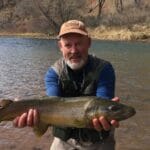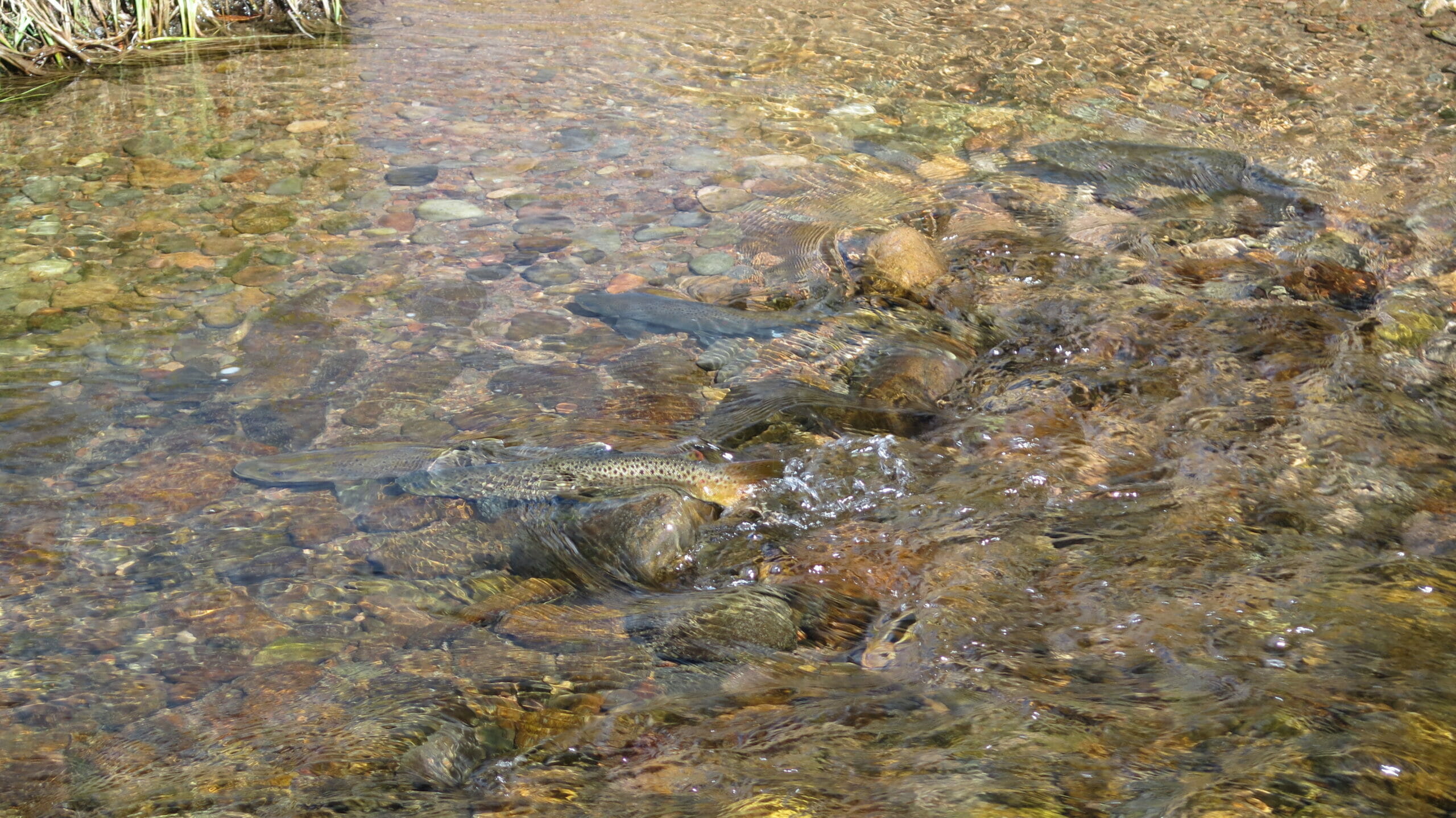When big browns are spawning, it’s a good time to stop and relish the moment
What’s not to love about brown trout? They’re crafty, tenacious, mean, strong, and damn near invincible. Jason Bourne, Derrick Henry, Kaiser Soze, and Dracula all rolled into one fish.
Increasingly concerned about the plight of North America’s native salmonids, I have to admit that my admiration has its limits. I grew up in the Rio Grande watershed, and I’m tired of watching brown trout colonize untrammeled cutthroat habitat.
Browns dominate by just hanging around. They spawn in the fall when streams are low and weather in the southern Rockies is still relatively mild. Even with the winter ahead of them, newborn browns have it easy compared to cutthroats born the following spring when the water is high. Head to head competition between babies favors the slightly older browns in food capture and finding refuge in places like pools when the water’s warm or cold. When you start catching only a few small cutties, only big ones, and lots of small browns, you know a native trout stream is about to tip over.
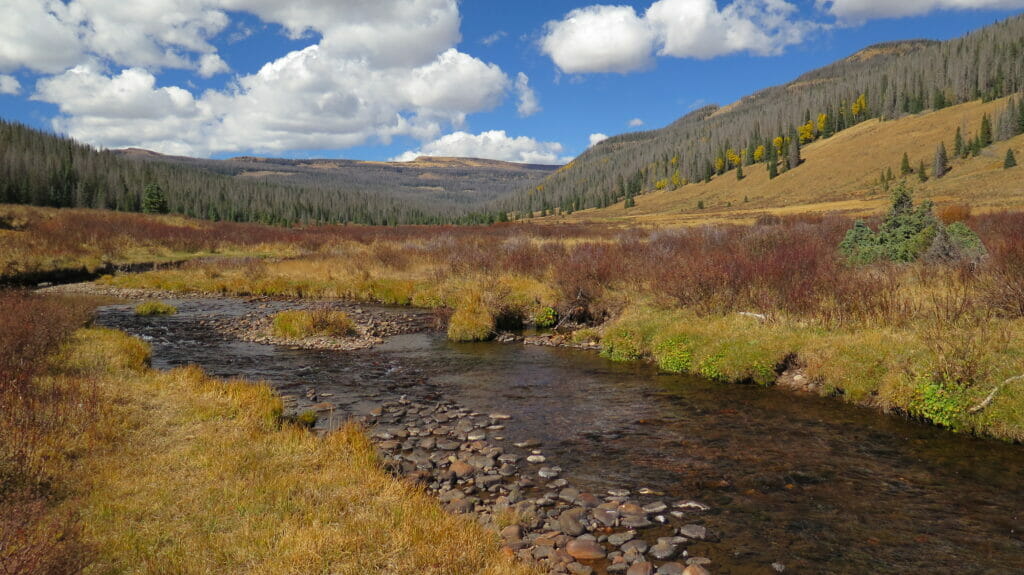
After October’s freezing nights put the high-elevation creeks to bed, I turn my attention to the lower valleys. I’ve never actually seen cutthroats down there or, for that matter, throughout most of their historic range encompassing the mainstem Rio Grande, the Rio Chama and Rio Puerco, even out west towards Navajo country and the Guadalupe Mountains in Texas. In most cases, human settlement rendered those fisheries inhospitable to trout long ago. Many were given over to other fish, including brown trout.
It so happens that Rome is not a bad place to be when autumn comes around, especially when the Romans, as it were, are getting ready to spawn. There’s a delicious urgency in the fading season, with animals and birds on the move and smitten brown trout crisscrossing the riffles.
I tend to anthropomorphize when I watch brown trout spawn, churning up feel-good stories of romance and commitment, the hopeful passion between lovers. As beautiful as this drama is, it’s good to remember that fish, like people, can get really stupid around sex. When the leaves start to drop, the big gator brown that balked at fiber-perfect PMD imitations will mug a purple and chartreuse wooly bugger like a pit bull attacks a steak. He literally can’t help himself.
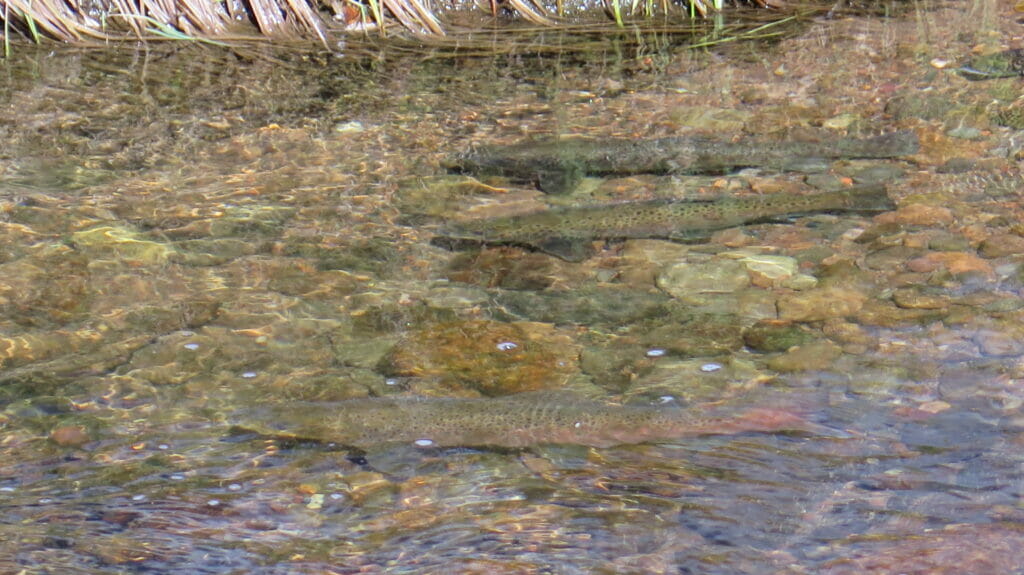
Decades ago, I caught a huge spawning buck on a dead-drifted streamer. He fought like a sunken sweatshirt, – he was burnt from the throes of mating after all – and while I held the exhausted trophy for a photo, a six-inch sneaker fish cut in on his dancing partner. Though the buck would certainly win her back, the last thing I saw him do was amble into a pool to recover. It was a valuable albeit painful lesson on the destructiveness of targeting spawners.
How could I behave that way and claim to be an advocate for wild things? When we feel like champs for dragging obese bass off their nests in the spring, we mistake their bubbling hormones for our guile. Same with spawning browns. What they’re doing is so important, propagating, yes, but they are also representing the force of life against a world seemingly bent on its destruction. We possess this force as well; what we do to it we do to ourselves.
I’ve always wanted to bowhunt for bull elk, but the sexual trickery is now beyond my personal powers of moral justification. I feel the same about fishing during spawning season. In this modern era when I can fish for sport alone, I just don’t think it’s fair. That’s just me; given that fly fishing is based entirely on messing with fishes’ heads, I’m not so naïve as to believe that humans would have made it this far if our enormous brains weren’t weapons of necessity in the quest to secure protein. Even so, my fishing practice should reflect that we’ve evolved.
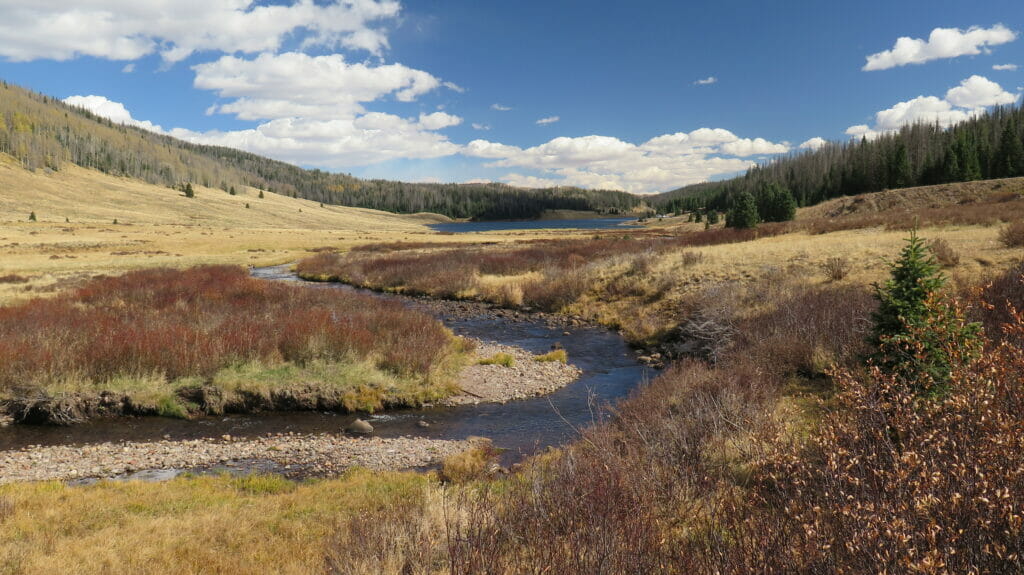
More than ever in our performance-driven society with its performance-driven recreation, it’s absolutely necessary to accept what small gifts we’re given. During spawning season, that means fishing runs and pockets where we know there’s no gravel and possibly no fish, where the trout we do encounter aren’t actively making babies (not yet or a couple weeks ago) and are otherwise healthy. It means taking time to measure each fish for much more than its stats. Relish the moment, the crisp blue autumn skies, cows and pumpkins in the fields, the flanks of brown trout in cottonwood yellow and spots of rosehip red, fins trimmed white like the remnants of last week’s snow.


